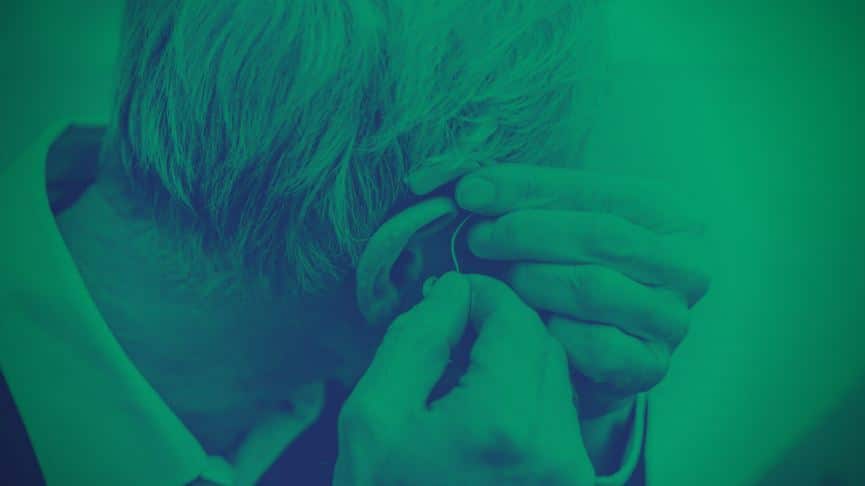Feb. 13, 2025
Earplugs for Musicians
Since 1988 hearing protection has been available for musicians and those in the performing arts (Killion, et al., 1988). Prior to that, only polymeric foam, or foam-like “industrial strength” hearing protectors were available. There were two innovations in 1988 that made them appropriate for those in the performing arts: (1) they had flat attenuations where the bass notes and the












